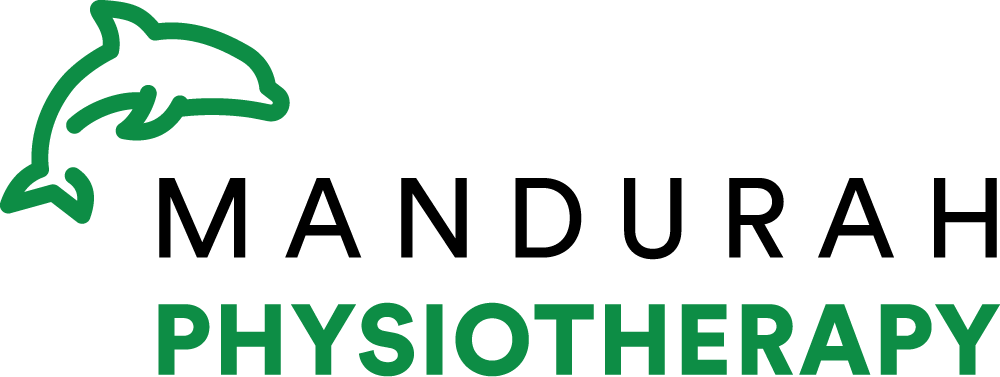Knee pain is common and there are a variety of reasons for this type of pain. A direct injury may damage soft tissue or bone at the knee itself. It could also be caused by what is happening at the foot or the hip or even the back! Having flat aches in your feet may cause rotation at the knee causing pain. Or weakness around the hips or back may also be the culprit. There can be a large number of reasons for your pain. Don’t rely on Doctor Google to try and diagnose your problem. See an experienced Physiotherapist to find a solution. Remember the knee is a hinge joint and is only designed to bend and straighten. Any rotation can overload the soft tissue and cause permanent damage. It could be that additional arch support makes the activity easier. Knee pain itself could be coming from the cartilages, knee cap or the bone itself. Remember conservative treatment is always the best first call. Don’t start asking for surgery or scans until it has been thoroughly assessed. A good rehabilitation program has been shown by research to be just as or more effective than other more invasive therapies such as injections, scans or surgery This should always be the first option, where ever possible.
Patella Femoral pain is pain around the knee cap. The kneecap can sublux or dislocate. Patella femoral pain that develops slowly without injury may be a tracking problem where the patella or kneecap do not track properly through the specific bony groove where it is designed to move. This problem is more commonly seen in girls due to their increased flexibility. Kneecap pain is also seen commonly in teenagers due to growth spurts or rapid growth. Here, the bone grows faster than the muscle so imbalances can occur. The tight muscles pull harder on the bone causing pain and inflammation. It is also seen with the older population due to generalized wear and tear. Treatment usually includes muscle retraining, correction of biomechanics, sports modification if necessary and sometimes taping/bracing or orthotics. Physiotherapy is very effective in this type of condition. We would advise that you see a sports physiotherapist or physiotherapist with a good biomechanics background. Generally, these problems can be treated without surgery and other radical interventions. The longer this type of problem is left the more damage to the knee can occur so early intervention is recommended.

